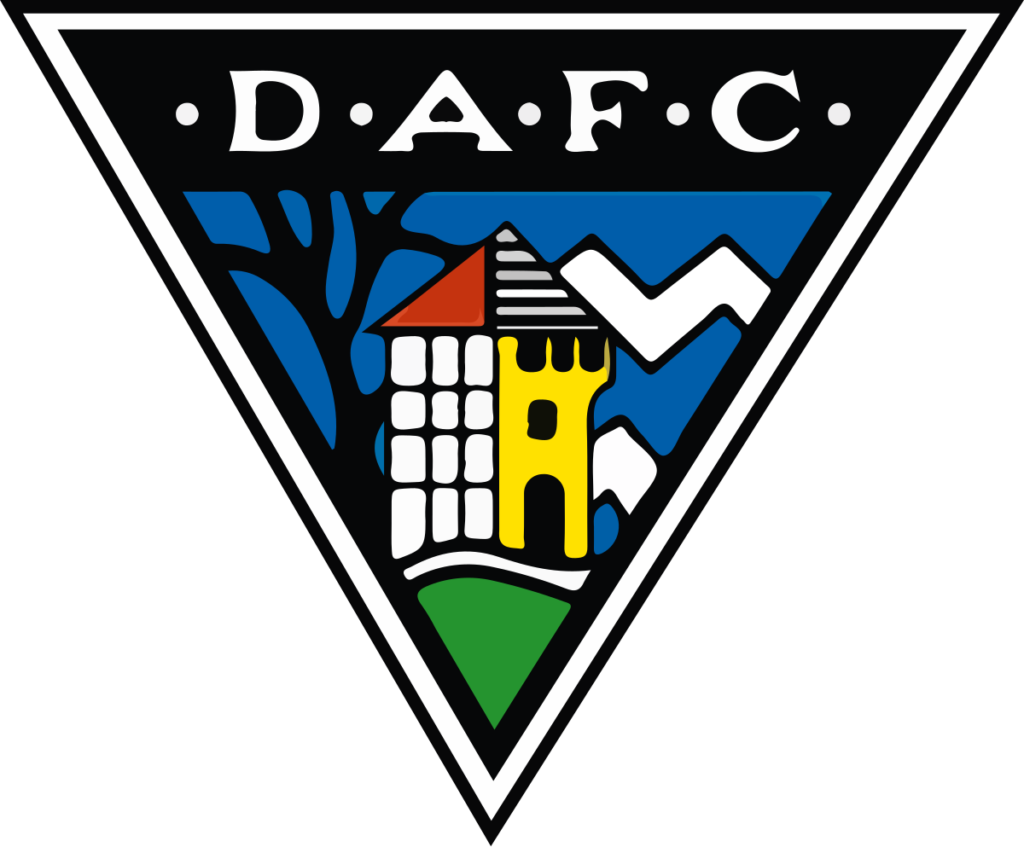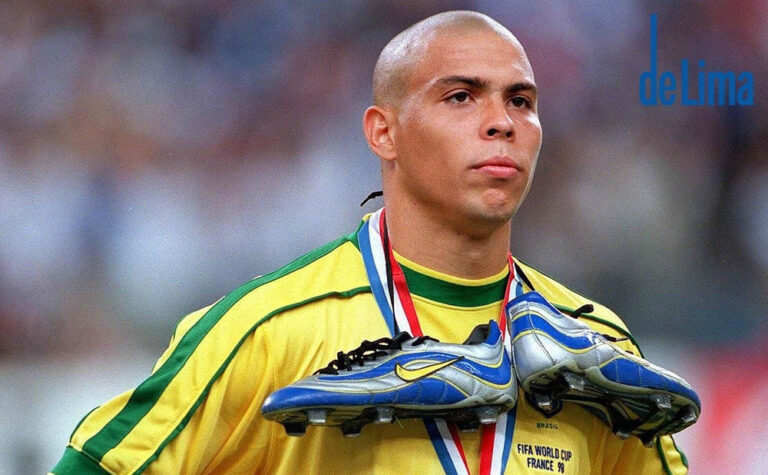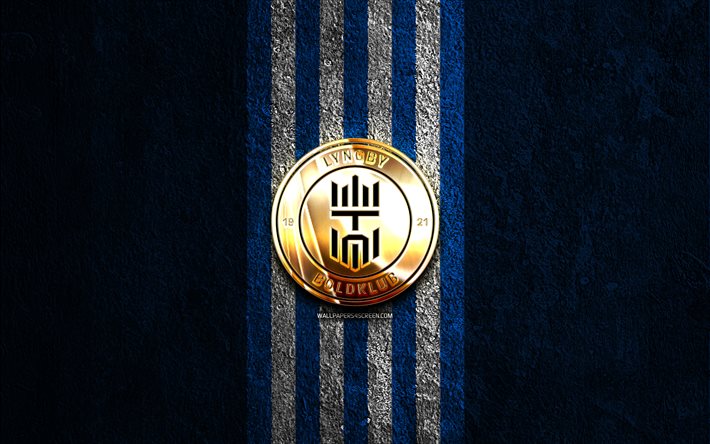
Dunfermline Athletic FC
Dunfermline Athletic FC, a revered name in Scottish football, carries a storied history and passionate fan base. Known locally as “The Pars,” this club has been a significant part of Scotland’s football landscape for over a century. From their humble beginnings to their moments of glory and adversity, Dunfermline Athletic FC exemplifies resilience, community spirit, and competitive ambition.
In this detailed overview, we will explore the club’s rich history, their current standing and squad, key rivalries and fan culture, financial and organizational structure, infrastructure and youth development, and the future trajectory of the club. Whether you are a seasoned supporter or a newcomer, this comprehensive guide aims to provide an insightful and engaging look into Dunfermline Athletic FC.
The History and Legacy of Dunfermline Athletic FC
Understanding the history of Dunfermline Athletic FC is essential to appreciating the club’s identity and achievements. The club’s journey spans over a century, reflecting Scotland’s evolving football landscape and the club’s enduring spirit bong88.
Origins and Early Years
Dunfermline Athletic FC was founded in 1885, originally formed by a group of local football enthusiasts who sought to establish a competitive team in Fife. During its early years, the club competed in local leagues, establishing a reputation for tough, disciplined football. Their founding reflects the community’s deep-rooted love for the game and the desire to foster local talent.
In the initial decades, Dunfermline established itself as a regional powerhouse, often competing in the Scottish Cup and regional competitions. The club’s early kit was traditionally blue and white, colors that continue to resonate with fans today.
Rise Through the Scottish Football Tiers
It wasn’t until the early 20th century that Dunfermline Athletic FC began climbing the ranks of Scottish football. Critical moments include their entry into the Scottish Football League in 1921 and subsequent promotions that positioned them among the more competitive clubs in the country.
The 1960s marked a golden era for the club, with notable league performances, and their first major Scottish Cup win in 1961. This period also saw the emergence of iconic players and legendary managers who helped shape the club’s identity.
Peak Achievements and Notable Moments
Dunfermline’s pinnacle achievements include winning the Scottish Cup three times—most notably in 1961 and 1968—and clinching the Scottish Championship title on several occasions. Their success on the pitch brought national recognition, solidifying their status as a respected Scottish football club.
Among memorable moments are their victory over larger rivals in high-stakes matches, remarkable cup runs, and their resilience in the face of relegations and financial struggles. These moments highlight the club’s enduring spirit and connection with its supporters.
Challenges and Resilience Through Adversity
Despite historic successes, Dunfermline Athletic FC has faced periods of hardship, including relegations to lower divisions and financial troubles. Their recent history has involved battling back from these setbacks, demonstrating resilience and the unwavering commitment of their supporters and management.
The club’s struggles have often galvanized the local community, reinforcing the deep-rooted bond between Dunfermline and their team. This resilience is a key narrative in the club’s ongoing legacy.
Impact on Scottish Football
Dunfermline Athletic FC has contributed significantly to Scottish football, producing talented players who have gone on to excel nationally and internationally. Their pioneering youth programs and community involvement have set standards for social responsibility and grassroots development.
The club remains a symbol of perseverance, community pride, and footballing tradition in Scotland’s football hierarchy. Their history is a testament to the passion and dedication that define Scottish football at large.



